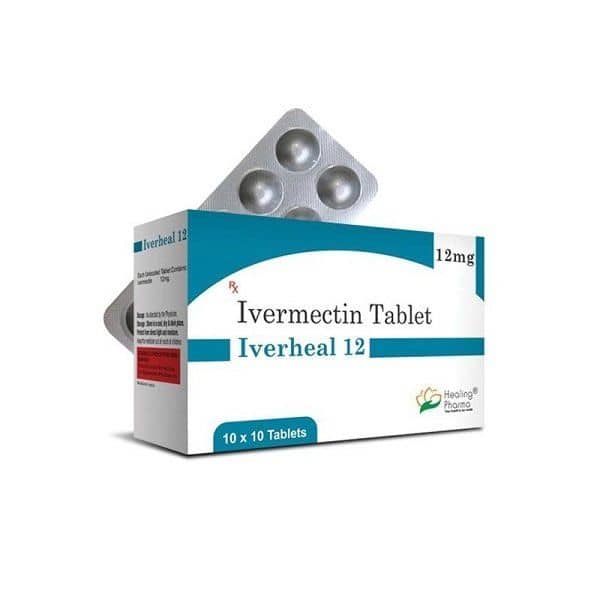The Growing Threat of Metabolic Diseases: Innovative Therapeutic Approaches

Metabolic diseases, such as diabetes, obesity, and related disorders, pose a significant and escalating burden on global health. These conditions are characterized by disruptions in the body's ability to regulate various metabolic processes, including energy production, glucose and lipid metabolism, and hormone signaling. The prevalence of metabolic diseases has surged in recent decades, driven by factors such as sedentary lifestyles, unhealthy diets, and aging populations.
Metabolic diseases encompass a broad spectrum of disorders affecting the body's metabolic functions. These include:
· Diabetes Mellitus: A chronic condition marked by hyperglycemia (elevated blood sugar levels) resulting from insulin resistance, inadequate insulin secretion, or both. Type 1 diabetes is an autoimmune disease where the pancreas cannot produce insulin, while type 2 diabetes involves insulin resistance and impaired insulin secretion.
· Obesity: A condition characterized by excessive body fat, often leading to metabolic dysfunction, insulin resistance, and increased risk of diabetes, cardiovascular disease, and other health problems.
· Dyslipidemia: Abnormal levels of lipids (fats) in the blood, including high LDL (bad) cholesterol, low HDL (good) cholesterol, and elevated triglycerides, which can contribute to cardiovascular disease.
· Metabolic Syndrome: A cluster of conditions including central obesity, hypertension, elevated fasting glucose, and dyslipidemia, which collectively increase the risk of developing type 2 diabetes and cardiovascular disease.
The Complex Pathophysiology of Metabolic Diseases
Metabolic diseases are characterized by intricate pathophysiological mechanisms involving multiple organ systems. Key processes include:
· Insulin Resistance: A state in which cells become less responsive to insulin, leading to impaired glucose uptake and hyperglycemia.
· Inflammation: Chronic inflammation plays a pivotal role in promoting insulin resistance and metabolic dysfunction.
· Hormonal Imbalances: Alterations in hormone levels, such as insulin, glucagon, leptin, and adiponectin, can disrupt metabolic homeostasis.
· Mitochondrial Dysfunction: Impaired mitochondrial function in cells can lead to reduced energy production and increased oxidative stress.
The Global Impact of Metabolic Diseases
Metabolic diseases have become a major global health crisis, with rising prevalence rates driven by urbanization, aging populations, and unhealthy lifestyles. According to the World Health Organization (WHO), diabetes affects over 422 million people worldwide, causing 1.6 million deaths annually. Obesity has nearly tripled since 1975, with over 39% of adults being overweight and 13% obese. These conditions impose substantial economic burdens on healthcare systems and reduce quality of life for affected individuals.
Therapeutic Targets for Metabolic Diseases
Despite the availability of various treatments, including lifestyle modifications, medications, and surgeries, metabolic diseases remain inadequately managed for many patients. Therefore, there is an urgent need to identify new therapeutic targets to prevent and treat these conditions more effectively. Some promising areas of research include:
· Modulating Gut Microbiota: The gut microbiome plays a crucial role in metabolic regulation. Alterations in the gut microbiota, also known as dysbiosis, have been linked to metabolic diseases. Strategies aimed at modulating the gut microbiota, such as probiotics, prebiotics, and fecal microbiota transplantation, may offer novel therapeutic approaches.
· Targeting Inflammatory Pathways: Chronic inflammation is a key driver of metabolic disease progression. Therapies that target pro-inflammatory signaling pathways, such as inhibitors of the NLRP3 inflammasome or JNK signaling, may help mitigate insulin resistance and metabolic dysfunction.
· Harnessing Brown Adipose Tissue: Brown adipose tissue is a metabolically active fat depot that burns energy to produce heat. Enhancing brown adipose tissue activity through pharmaceuticals or cold exposure may provide a new avenue for treating metabolic diseases.
· Gene Therapy and Stem Cell Therapies: Advances in gene editing technologies like CRISPR/Cas9 and stem cell biology hold promise for developing personalized therapies to correct genetic defects or replenish insulin-producing beta cells in diabetes.
· Emerging Pharmaceuticals: New classes of medications, such as GLP-1 receptor agonists, SGLT-2 inhibitors, and PCSK9 inhibitors, are providing additional treatment options for metabolic diseases.
Translating Research into Clinical Practice
While these emerging targets hold promise, translating this research into effective clinical therapies remains a significant challenge. Key considerations include:
· Safety and Efficacy: Novel therapeutic approaches must demonstrate robust efficacy and a favorable safety profile in large-scale clinical trials.
· Patient Heterogeneity: Metabolic diseases are characterized by substantial heterogeneity among patients, necessitating personalized therapeutic strategies.
· Health Disparities: There is a need to ensure equitable access to new treatments for diverse patient populations.
· Cost-Effectiveness: The economic impact of novel therapies must be evaluated to determine their feasibility for widespread adoption.
Conclusion
Metabolic diseases pose a significant global health burden, necessitating innovative therapeutic strategies. Emerging targets like the gut microbiota, inflammatory pathways, brown adipose tissue, and gene/stem cell therapies offer promising avenues for the prevention and treatment of these debilitating conditions. Further research is needed to translate these findings into clinically effective treatments and improve the lives of individuals with metabolic diseases.





